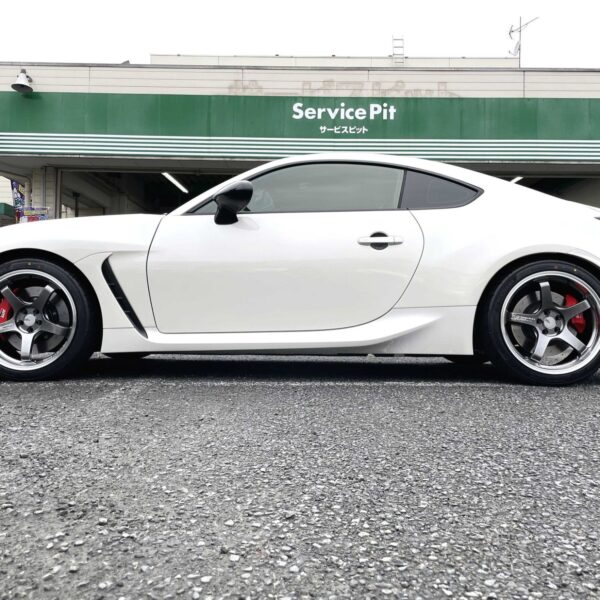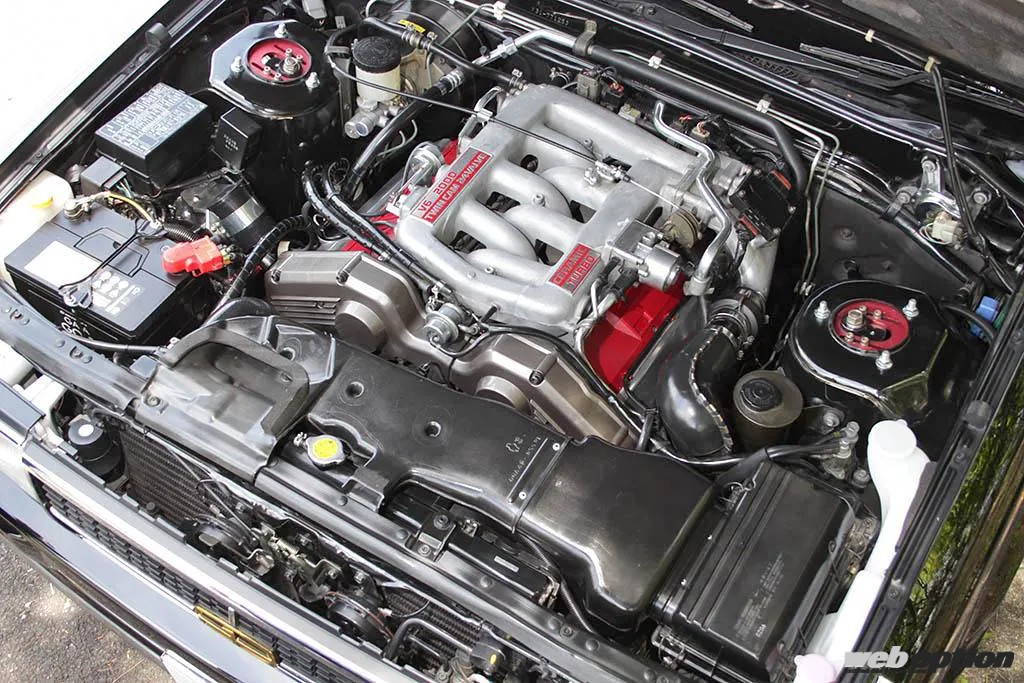Honda and Nissan are discussing a merger. This potential union could create the world’s third-largest automaker, trailing only Toyota and Volkswagen. The two Japanese companies signed a memorandum of understanding (MOU) to explore a full merger. This follows an earlier MOU focused on electric vehicle (EV) development.
The companies aim to finalize merger details by June 2025. However, regulatory approvals could delay the official union until August 2026. Both CEOs expressed optimism about the potential benefits of the merger. Nissan CEO Makoto Uchida believes the combined strengths of the two companies will deliver exceptional value to customers worldwide. Honda Director Toshihiro Mibe emphasized the unique mobility value that could arise from the synergy of the two teams.
 A display of Nissan and Honda vehicles, showcasing the brands’ diverse offerings.
A display of Nissan and Honda vehicles, showcasing the brands’ diverse offerings.
The companies envision standardizing vehicle platforms and powertrains. They also plan to share R&D costs and streamline their supply chains. These measures could lead to significant cost savings and increased efficiency.

Mitsubishi, partially owned by Nissan, is also involved. A separate MOU allows Mitsubishi to decide whether to join the merger. The situation is further complicated by Renault’s 36% stake in Nissan, a remnant of their long-standing alliance. Renault stated they would consider all options based on the best interests of the group.
A key driver for the merger is EV development, particularly for the Chinese market. Japanese car sales have struggled in China, the world’s largest EV market. The merger would allow Honda and Nissan to pool resources and develop more competitive, affordable EVs. It could also protect Nissan from a potential takeover by Foxconn. The impact of this potential merger on iconic models like the NSX or GT-R remains to be seen.









